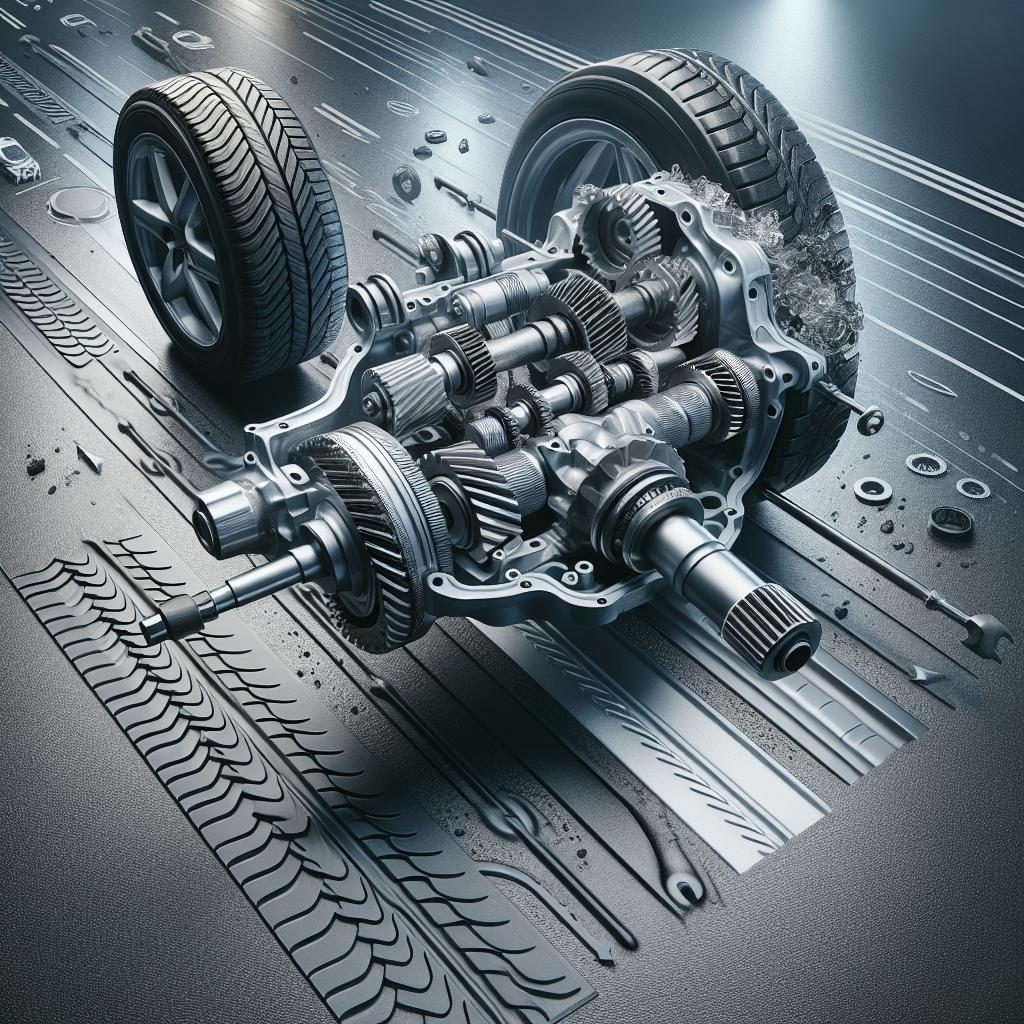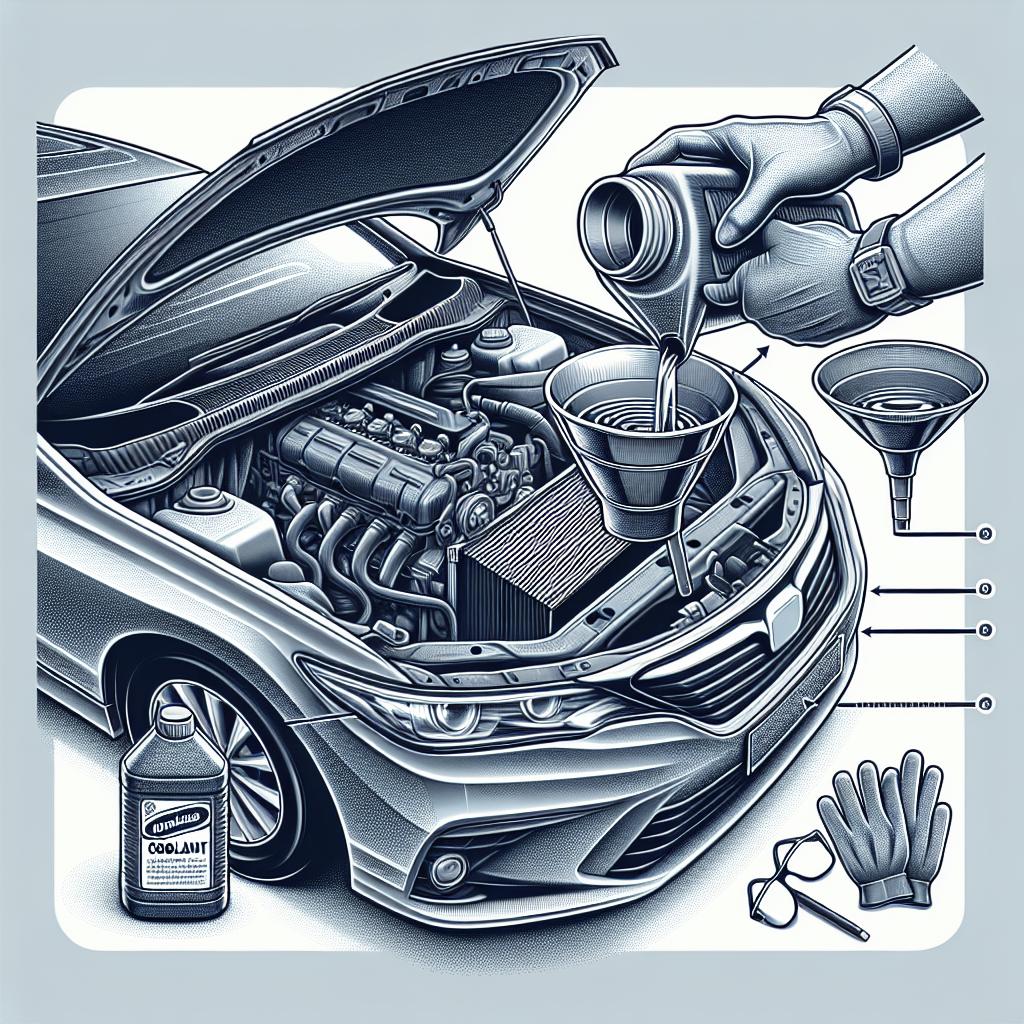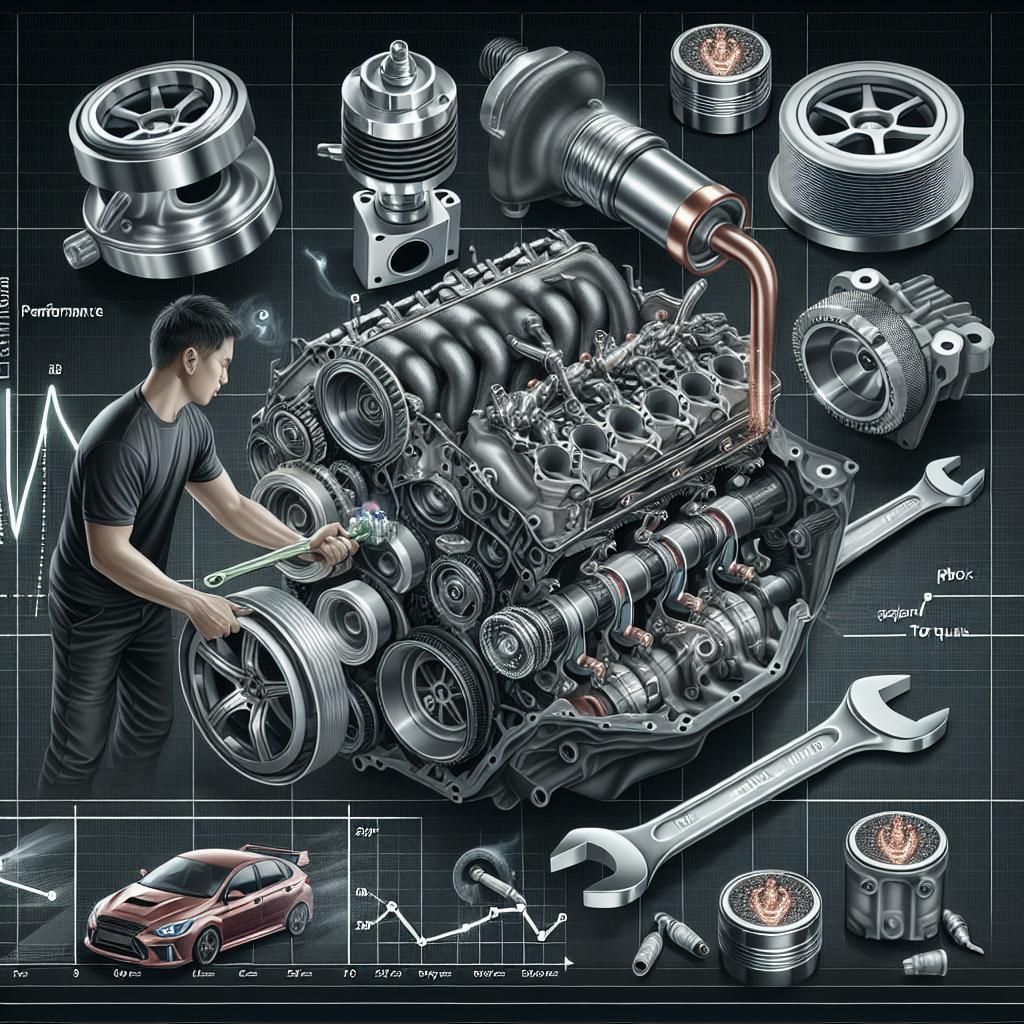“`html
The Benefits of a Limited-Slip Differential
The automotive world is filled with complex components working in harmony to deliver a smooth and efficient driving experience. Among them, the differential plays a crucial role in how your vehicle operates. This article delves into the evolution of differentials, specifically highlighting the benefits of limited-slip differentials (LSDs). We will explore how LSDs enhance traction and performance, especially in challenging driving conditions. Furthermore, we’ll discuss the different types of LSDs available and their unique advantages. Whether you’re a car enthusiast or simply curious about your vehicle’s inner workings, this comprehensive guide will shed light on everything you need to know about limited-slip differentials.
## Differential Origins: Moving from Open Differentials to Limited Slip Differentials
The differential has long been a fundamental part of automotive engineering, allowing the wheels of a vehicle to rotate at different speeds. This is especially necessary when the vehicle makes a turn. Traditional vehicles were equipped with open differentials, which evenly distribute power to both drive wheels. While this system works effectively under normal driving conditions, it falls short when one wheel loses traction, sending all power to the wheel that spins freely.
The advent of the limited-slip differential marked a significant advancement in the automotive industry. Unlike open differentials, LSDs can limit the amount of power that is transferred to a freely spinning wheel. This innovation transformed how power is distributed, especially on uneven or slippery surfaces, enhancing vehicle performance and safety. The transition to LSDs was driven by the need for improved traction and a more dynamic driving experience.
## Open Vs. Limited Slip Differentials
The key difference between open and limited-slip differentials lies in their ability to handle wheel slip. Open differentials allow any excess power to transfer to the slipping wheel, which can lead to a loss of control. This system is suitable for everyday driving but can be problematic under more demanding conditions, such as on icy roads or during aggressive cornering.
Limited-slip differentials offer a solution by retaining some power for the wheel that retains traction, thereby maintaining better control and stability. This is particularly beneficial when one wheel encounters a slippery surface. LSDs provide better handling and improved performance in both straight-line acceleration and cornering, making them an attractive option for those seeking enhanced driving dynamics.
## The Benefit of Limited Slip Differentials
One of the primary benefits of limited-slip differentials is improved traction. By ensuring that both wheels receive adequate power even in low-traction situations, LSDs significantly reduce the chances of becoming stuck or losing control. This makes them indispensable for off-road vehicles, sports cars, and any vehicle that navigates challenging driving conditions regularly.
Additionally, LSDs contribute to better tire wear. By balancing the distribution of power, the tires wear more evenly, potentially reducing the long-term costs of tire maintenance. Furthermore, drivers can enjoy enhanced acceleration as LSDs minimize unnecessary wheel spin, translating the vehicle’s engine power more efficiently into motion.
## Why Limited Slips Matter During Turns
Navigating turns efficiently is critical for maintaining control and ensuring safety. When a vehicle turns, the wheels on the outside need to travel a greater distance compared to those on the inside. An open differential might send more power to the wheel with the least resistance or least grip, often the inside wheel, leading to a loss of traction.
Limited-slip differentials mitigate this problem. By restricting the power to the inside wheel that might otherwise slip, the LSD ensures that the outside wheel, which has better traction, receives more engine power. This results in a more balanced and controlled turn, enhancing the vehicle’s stability during high-speed maneuvers or on slippery surfaces.
## Limited Slip Differential Benefits
In addition to improving traction and handling, limited-slip differentials play a crucial role in optimizing vehicle performance. Many high-performance and performance-oriented vehicles come equipped with LSDs because of these advantages. With better power distribution, the engine’s output is more effectively translated into propulsion, making LSD-equipped vehicles faster in acceleration and more efficient in turns.
Limited-slip differentials are also critical in maintaining the safety of the vehicle under demanding conditions. By preventing excessive wheel spin and ensuring better contact with the driving surface, LSDs help maintain control, contributing to safer driving in adverse weather conditions such as rain or snow.
## Types of Limited Slip Differentials (LSD’s)
### One-way, two-way, and 1.5-way LSD’s
One-way LSDs operate during acceleration only, locking the differential to maximize traction. Two-way LSDs function both during acceleration and deceleration, helpful in applications that require both acceleration and braking stability, such as competitive racing. The 1.5-way LSD offers a middle ground by providing full differential lock during acceleration but only partial locking during deceleration.
Each type offers distinct advantages depending on the driving requirements. One-way LSDs are suitable for front-wheel-drive cars, two-way LSDs are ideal for aggressive cornering and controlled braking, while 1.5-way LSDs offer a blend of these benefits, making them versatile for various driving conditions.
### Clutch, Gear, and Cone Type Limited Slip Diffs
Clutch-type LSDs are among the most common and utilize a set of clutch plates that engage to limit slip, activating when differences in wheel speed are detected. Gear-type LSDs, such as Torsen differentials, use gears instead of clutches to achieve a similar effect, offering a seamless action ideal for street vehicles.
Cone-type LSDs employ cone-shaped gears instead of clutch plates, providing a smooth transition without the need for frequent maintenance. Each of these systems offers unique characteristics, with clutch-type LSDs being especially useful in performance applications, while gear and cone types are often chosen for their durability and low maintenance needs.
### Clutch LSD’s
Clutch LSDs work by using friction between the clutch plates and the housing to limit slip. As wheel speed differentiates, the clutch plates are forced together, providing resistance that helps to equalize power distribution. This makes them highly effective in performance-driven scenarios where precise power delivery is essential.
While clutch LSDs require more maintenance due to the wear of the clutch plates, their ability to adjust to various driving styles makes them a popular choice among car enthusiasts who prioritize performance and handling precision.
## What Differential Will Help Me Realize the Most Performance?
The choice of differential depends largely on your driving needs and conditions. For everyday driving with occasional adventurous outings, a gear-type LSD can offer a good balance of performance and reliability, requiring minimal maintenance while enhancing stability.
Performance-oriented drivers may benefit from a clutch or 1.5-way LSD, which offers dynamic handling and improved traction during both acceleration and braking. For those varying between street and track use, having the option to adjust the LSD’s settings can maximize your driving experience across different environments.
| Aspect | Details |
|---|---|
| Open Differential | Even power distribution, insufficient in low traction. |
| Limited Slip Differential | Improved traction, better handling, reduced wheel spin. |
| Types of LSDs | One-way, two-way, 1.5-way, Clutch, Gear, Cone featured distinct benefits based on need. |
| Applications | Ideal for performance vehicles, off-road, improved safety in adverse conditions. |
“`


